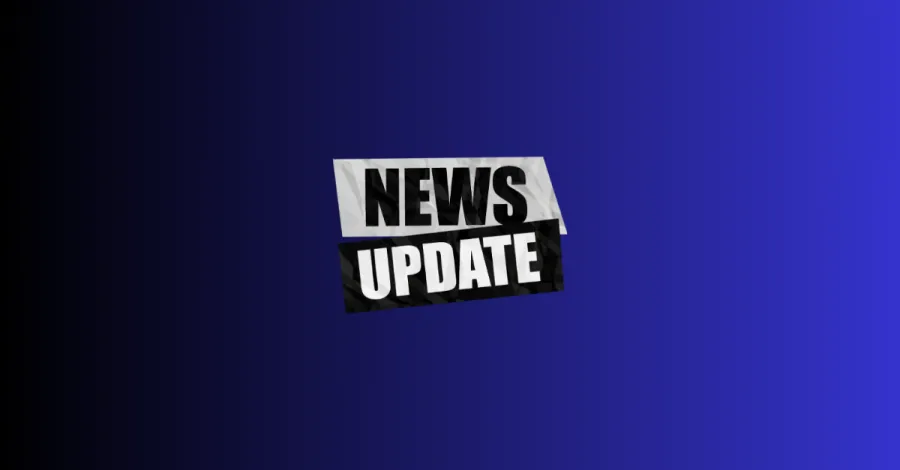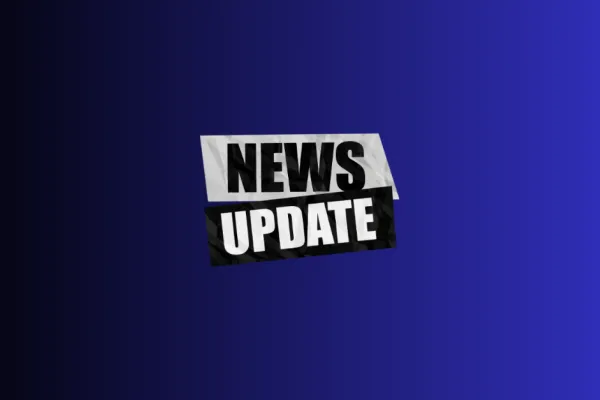Rural Minnesotans on the wrong side of the digital divide

Minnesota is facing a problem not uncommon to states these days. Rural residents are being left in the dust when it comes to access to high speed internet services. Affirming this claim is a report from the Center for Rural Policy and Development, a nonprofit based in St. Peter, Minnesota. The organization, which evaluates issues from a rural perspective, recently published their 2006 Rural Internet Study analyzing internet accessibility in rural versus urban areas.
The two demographics see a vast discrepancy in internet usage, the study found. While 64% of rural residents own a computer compared to the 71% of residents in the Twin Cities, a far fewer percentage of non-urban households actually have access to reliable internet services. The study does attribute the disparity to other factors such as age and income, yet it names the lack of connectivity as the number-one culprit.
The Center’s director, Jack Geller, brought the issue to the attention of the Minnesota State Legislature, arguing that “… the consequences of being on the wrong side of the digital divide will become more significant.” The significance to which Geller is referring is the increase of online commerce and official online record keeping.
It is possible that the Legislature could require the state to create an internet accessibility map. As Rep. Brita Sailer points out, “It’s not somebody just playing games anymore or e-mailing pictures of the grandkids.”
Rep. Sailer is right on. Deprivation of high speed internet access affects not only rural households, but it has adverse affects on the state’s economy. With more pressure from people like Jack Geller, Minnesota could be on the fast track to equal access for all.
InForum (registration required) (Registration required)
Broadband Brigade members turn out to protect good, union jobs and reliable broadband service
CWA condemns Trump NTIA changes to BEAD funding policies

